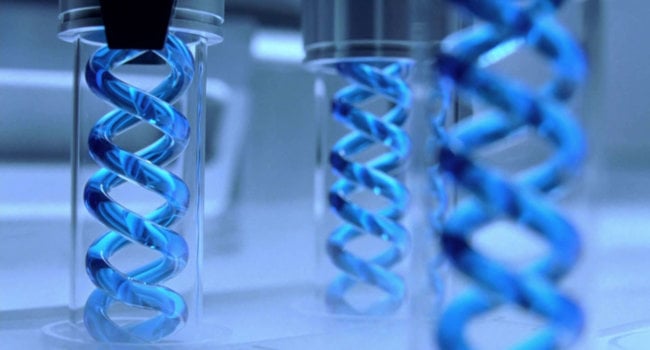
I’m sure many are familiar with the various works in which scientists in a secret laboratory synthesized a deadly virus. So, the procedure of artificial synthesis of viruses has ceased to be something out of science fiction. For example, recently, as reported by Engadget, the group of researchers managed to revive already extinct horsepox virus species.
Experts managed to carry out a full restoration of the original genome of the virus with artificially synthesized strands of DNA. The length of each chain was 30 000 base pairs. The complete genome of the virus consists of 212 000 base pairs. After he was “assembled”, it is introduced into somatic cells, the infected closest “relative” horsepox. Further replication of new viruses in some cases, the synthesized DNA was replaced by a DNA “relative”. Thus, the output is a viable form of the virus.
It is worth saying that these studies represent not only a breakthrough in medicine and pharmacology, but also quite more dangerous. On the one hand, this experiment was sponsored by Tonix company, which plans to use the “resurrected” virus as a means of effectively transporting vaccines from smallpox. In addition, artificially created viruses can act as a personal struggle with cancer, where each patient can be grown a special strain of “therapeutic virus”.
On the other hand, despite the fact that obtained horsepox not dangerous to humans, if the new technology will be “in the wrong hands” — it gives the possibility to synthesize extremely dangerous strains of viruses. No wonder the leading scientific publications in the face of Nature and Science refused to publish research on this topic. As potentially, such information can be used to create biological weapons.
Scientists brought back an extinct virus, restoring his DNA
Vladimir Kuznetsov